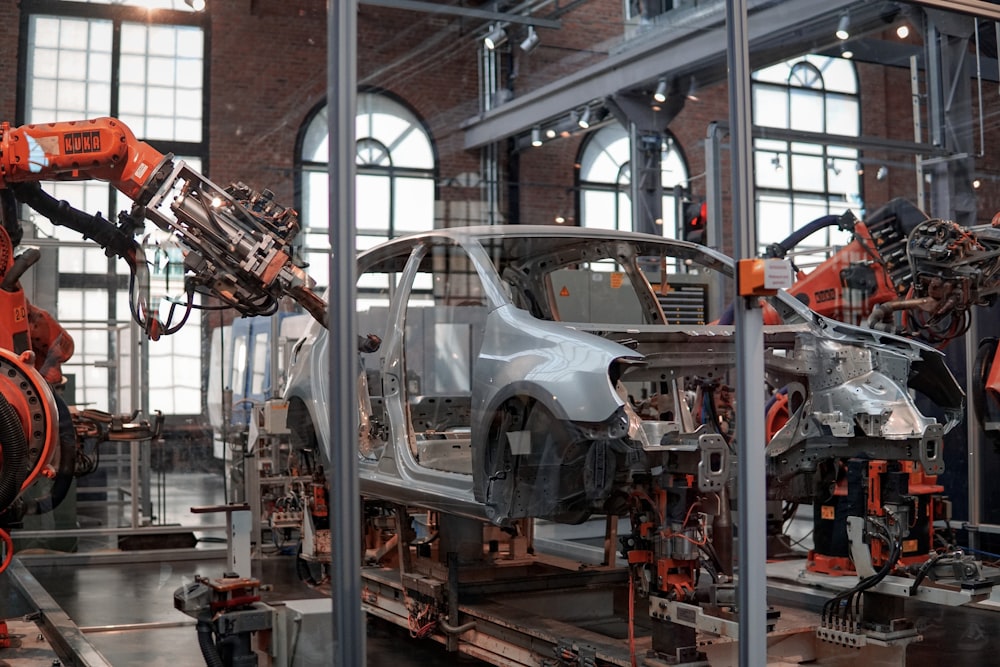
Precision Assurance Mastering Quality Control in Manufacturing
Precision Assurance: Mastering Quality Control in Manufacturing
Welcome to the realm where perfection is not a goal; it’s a standard. In this exploration, we journey into the intricacies of quality control (QC) in manufacturing, where every product undergoes meticulous scrutiny to meet the highest standards of precision and excellence.
The Foundation of Quality: Robust Quality Control Systems
Quality control in manufacturing begins with robust systems designed to uphold the highest standards. From incoming raw materials to the final product, every step is meticulously monitored. These systems form the backbone of precision assurance, ensuring that quality is not an afterthought but an integral part of the manufacturing process.
Advanced Inspection Technologies: The Eyes of Precision
At the forefront of quality control are advanced inspection technologies that serve as the eyes of precision. From high-resolution cameras to sophisticated sensors, these technologies scrutinize every detail, identifying imperfections that escape the human eye. The result is a level of scrutiny that goes beyond traditional methods, enhancing the overall quality control process.
Statistical Process Control (SPC): Ensuring Consistency
In the pursuit of consistency, quality control embraces Statistical Process Control (SPC). This methodology involves using statistical techniques to monitor and control the production process. By analyzing data in real time, manufacturers can identify variations and deviations, ensuring that every product adheres to predefined quality parameters.
Automated Quality Testing: Accelerating Assurance
Quality control has evolved with the integration of automated testing. Automated systems conduct rigorous tests on samples, ensuring that products meet predefined specifications. This acceleration in the testing phase not only expedites production timelines but also enhances the overall efficiency of the quality control process.
Root Cause Analysis: Unraveling Quality Mysteries
In the world of quality control, identifying and addressing the root cause of deviations is paramount. Root cause analysis involves a systematic approach to unraveling quality mysteries. By understanding the underlying factors contributing to deviations, manufacturers can implement targeted corrective actions, fortifying the quality control process.
Supplier Quality Management: A Collaborative Approach
Quality control extends beyond the manufacturing facility to encompass suppliers. Supplier Quality Management (SQM) involves collaborating with suppliers to ensure that incoming materials meet the required standards. This collaborative approach fosters a symbiotic relationship where the entire supply chain is dedicated to delivering products of the highest quality.
Real-Time Monitoring: A Vigilant Watch on Production
Quality control in modern manufacturing involves real-time monitoring of production processes. Sensors and monitoring devices provide instant feedback on variables such as temperature, pressure, and quality parameters. This vigilant watch on production ensures that any deviations are detected and addressed promptly, minimizing the risk of producing non-conforming products.
Employee Training and Engagement: Nurturing Quality Culture
The human element is integral to quality control, and employee training plays a pivotal role. Nurturing a quality culture involves educating and engaging employees in the importance of their role in maintaining quality standards. Well-trained and engaged employees become guardians of quality, actively contributing to the success of the quality control process.
Explore Precision Assurance with Quality Control in Manufacturing
To delve deeper






